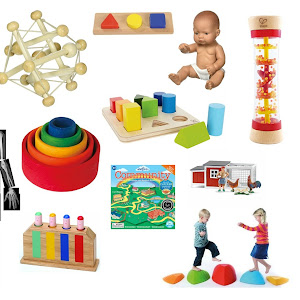Water is all around us. As adults, we use water every single day. We drink it, cook with it, bathe with it, clean with it. Water literally makes life possible. The link between water and independence is palpable, yet, for many children, water is taboo. It's given to them in small doses, in covered cups, or explored every few days during a bath. When we give children water the are expected to use it carefully without mess, without exploration. We literally restrict access to arguably the most important life sustaining material available. And, in the process we restrict children's ability to be independent. My Number 1 Tip to Encourage Independence Fostering independence is one of the most important and central tenets of Montessori. In the words of Maria Montessori, "the child’s conquests of independence are the basic steps in what is called his ‘natural development’.” In other words, children seek independence as a part of their natural development. They are dri...
